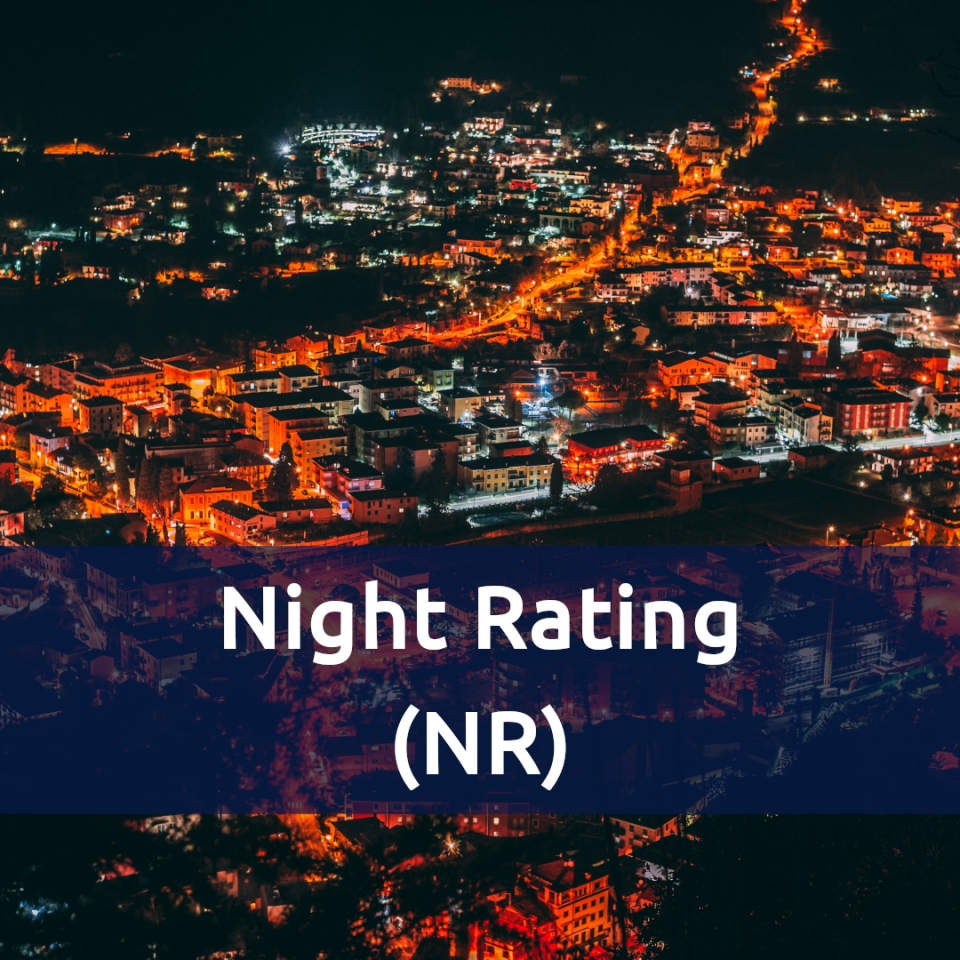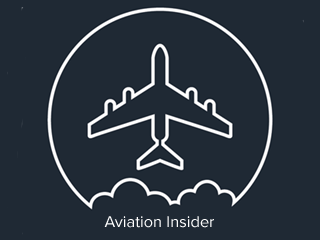NIGHT RATING (EASA CAA)
Our full list of Night Rating providers across Europe can be viewed here.
About the course
- A night rating allows the holder to operate an aircraft at night, exercising visual flight rules (VFR). If a pilot wishes to operate at night using instrument flight rules (IFR) they are also required to have an instrument rating.
- The Night Rating can be applied for at the same time as a PPL and does not expire.
- Class 2 Medical is required as a minimum.
Course Requirements
- Pass an appropriate training course at an ATO (approved training provider) or a DTO (designated training provider) and must complete this within 6 months of commencement.
- Either have completed and hold a PPL, or be in the process of attaining a PPL.
Course Structure & Completion
- Theoretical knowledge instruction
- At least 5 hours of flight time at night;-
- of which are at least 3 hours of dual instruction, including at least 1 hour of cross-country navigation with at least one dual cross-country flight of at least 50 km (27 NM) and 5 solo take-offs and 5 solo full-stop landings.
- Any LAPL holders will have to have completed basic instrument training as part of the PPL.
What To Look For In A Training Provider
- EASA CAA Registered.
- Well maintained and serviceable aircraft, as well as availability, scheduling and regularity of lessons.
- Qualified instructors available.
- Reviews from past students are important, to get a feel of all aspects of the flight school and course.
- Compare costs between schools to ensure it suits your budget.
- Student support to ensure that your progression throughout the course is as smooth as possible.
- Ask for transparency on prices and packages, i.e inclusion of instructor fees, landing fees, fuel etc
Our full list of Night Rating providers across Europe can be viewed here.
Equipment
- Study material such as theoretical knowledge books.
- Headset, Red-Light head torch, Stationary including chart-pens, chart-ruler, protractor and compass, CRP-5, DP-1 ruler, flight bag, kneeboard, calculator.
- Hi-Visibility jacket, fuel drainer, small torch.
Tips & Advice
Take a look at our ‘Tips & Advice’ section in our PPL Advice page as it is all relevant, here, however there are a few additional tips;
- Wear a Red-Light head-torch as you will need it to view charts and ‘plogs’ etc in the cockpit at night, as a normal torch light will dazzle your vision.
- It is vital to strictly follow the PAPIs all the way down the approach as there are less visual cues than in daytime. Remember, the PAPIs are located adjacent to the touchdown zone.
- Know your runway lighting markings.
- Keep a good lookout at all times, even more so than you would during a day flight for obvious reasons.
- Flying at night can actually be better for navigation, especially around built up areas as the lights usually correspond to the shape of the areas on the chart. Familiarise yourself with the chart and the local areas you’ll be flying around.
- Plan your diversions well, in the event of an emergency, or you not being able to return to your departure or intended airfield.
- Keep in mind the optical illusions which you may be susceptible to at night, such as Autokinesis (stationary lights seem to move when staring at them for too long), Reverse Autokinesis (moving lights such as an aircraft light, appear to be stationary) and Black-Hole Illusion (when a featureless terrain fools the pilot into misjudging their height above the ground, especially on final approach).
- Because the light receptors of your eyes are not in the center of your retina, you usually get a clearer image of a bright object at night if you look just to the side of the intended object. Try it next time you look at the stars in the night sky (when you’re on the ground of course!)
- Sometimes switching the landing lights off in the air might actually give you better visibility, especially if it's a bit hazy outside.
Common Mistakes
- Don’t put your strobe lights on until you are at the holding point as this can dazzle other aircraft in the manoeuvring areas.
- Not adhering to the correct profile on approach, which could lead you to overshoot or undershoot the touchdown zone.
- Don’t forget your torches, especially your red-light torch!
- Do not use your white light torch unless you have to as you will lose your natural night vision very quickly.
- Remember that you can’t see clouds clearly, if at all, at night, so checking the weather is even more important.
- Being lackadaisical on the pre-flight checks, especially at night time when it is not as clear as in the day!
Next Steps
- Hour Building (towards CPL)
- ATPL Theory Ground school and Exams.
- Instrument Rating - IR (Multi/Single Engine)
- Multi Engine Piston Rating - MEP
- Commercial Pilots Licence
- AUPRT
- MCC / APS MCC
- Airlines/ Companies
Our full list of Night Rating providers across Europe can be viewed here.



